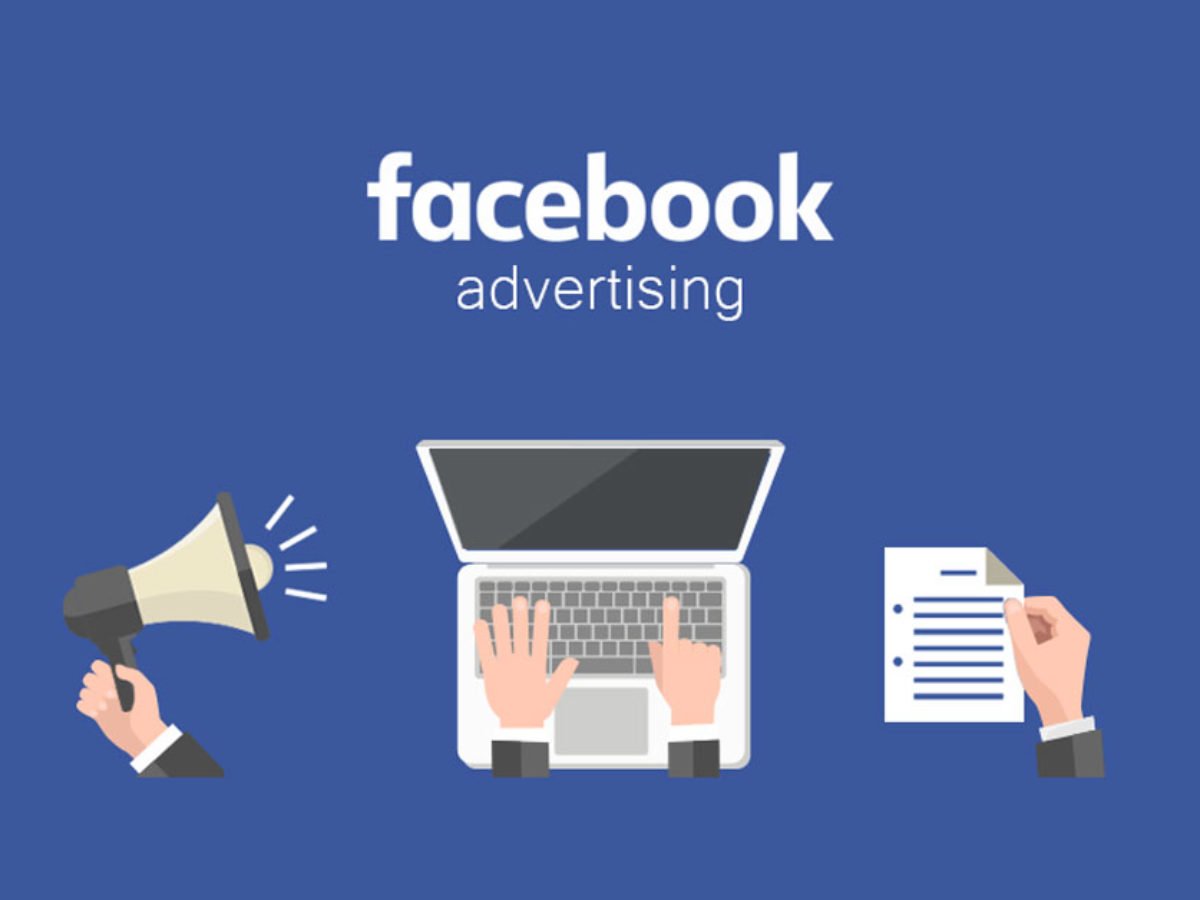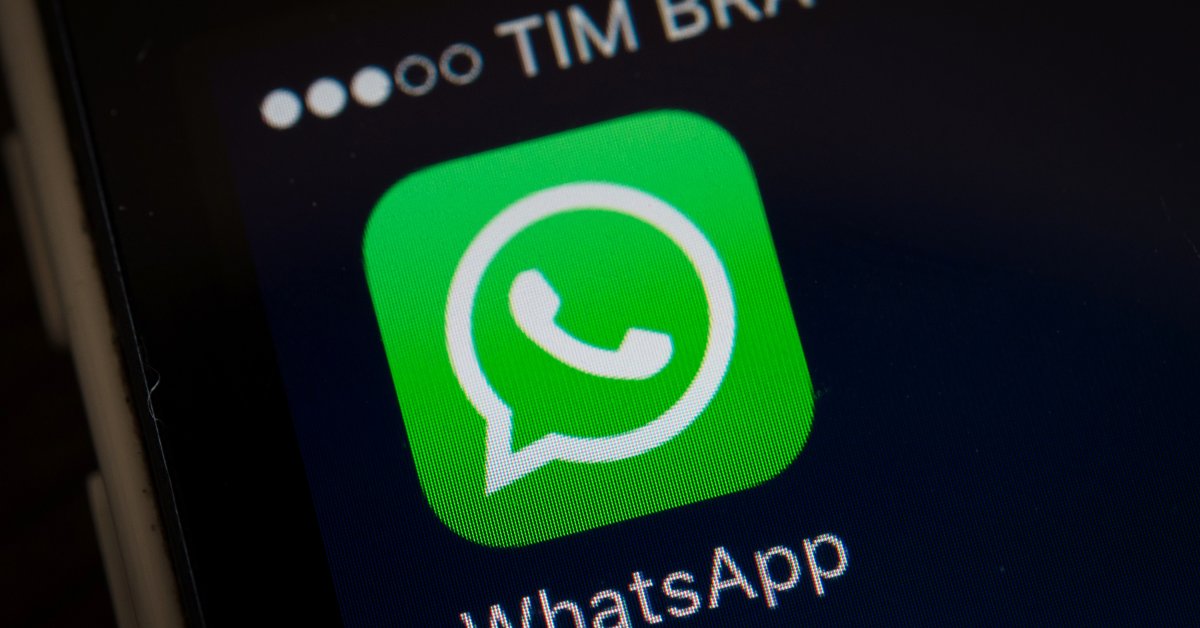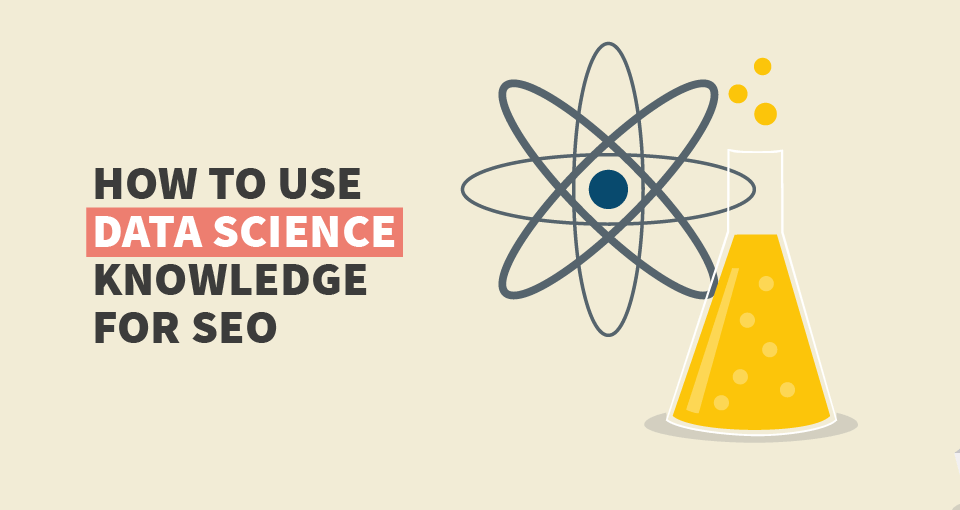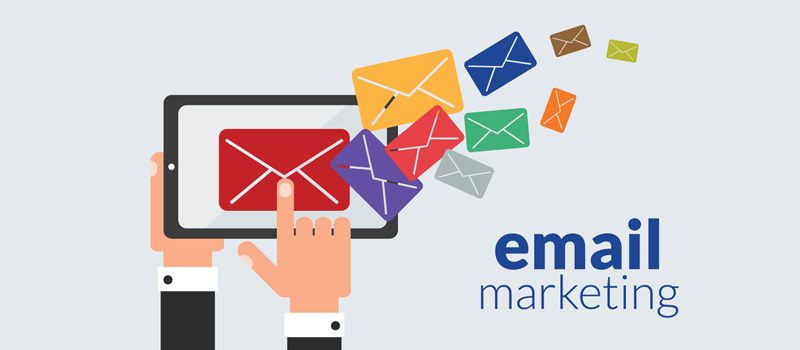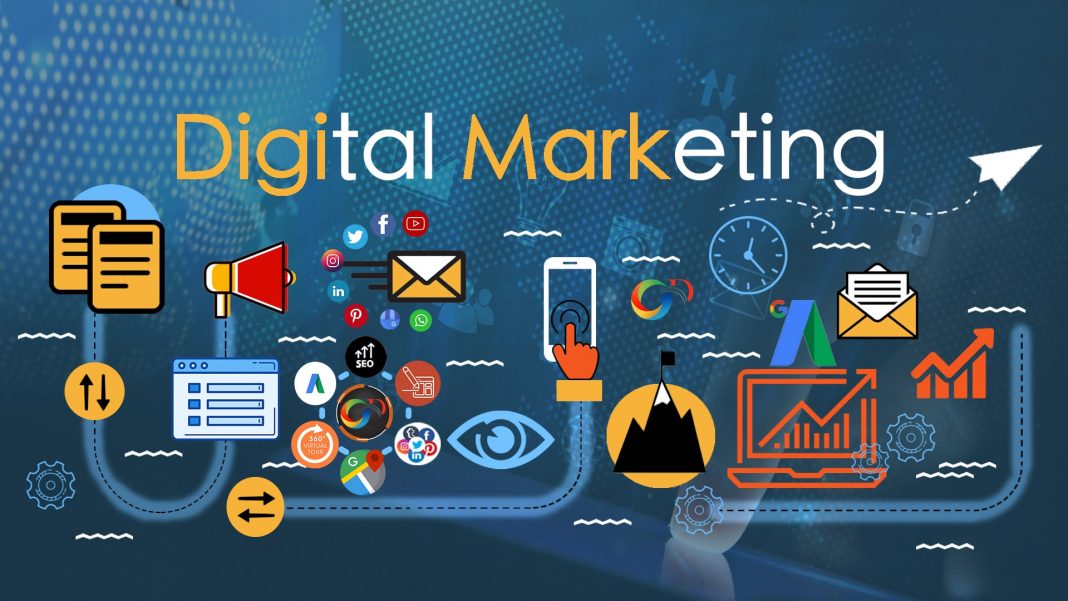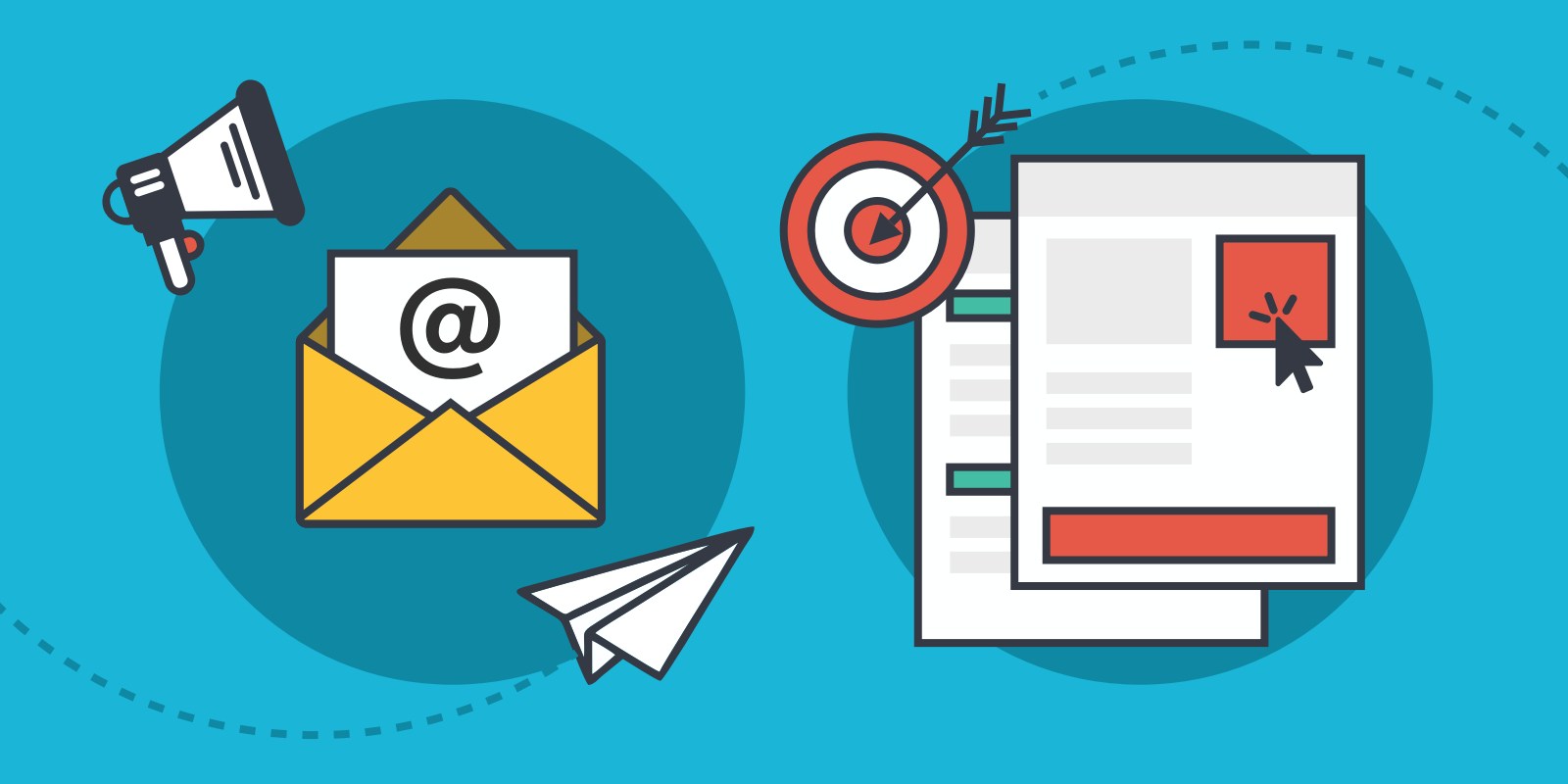
If you want to establish a list of loyal consumers, choosing the correct email marketing platform is critical.
Email marketing routinely outperforms all other marketing channels in terms of return on investment. It’s also great for creating a sense of community and engaging with customers on a one-on-one level.
So, you’ll need to select the best email marketing software platform for your organization to build and execute your email marketing strategy successfully. Here are the top-rated email marketing platforms, as well as what makes each one a smart choice.
- Sendinblue
- EmailOctopus
- Omnisend
- ActiveCampaign
- Aweber
- MailerLite
Sendinblue

Sendinblue is a multi-channel business communications platform that includes email, SMS, Facebook, chat, CRM, and more. The objective of the company is to assist businesses in meeting their consumers’ needs. They allow you to concentrate on the most critical duties while automating the rest. With its email builder, you can quickly send professional-looking emails, but the platform’s combination of features is what makes it so special. You’ll find it simple to put together smarter and more appealing email campaigns using chat, SMS marketing, Inbox, CRM, and automations. The ability to retarget contacts and acquire new prospects is built-in, thanks to Facebook Ads capabilities.
EmailOctopus
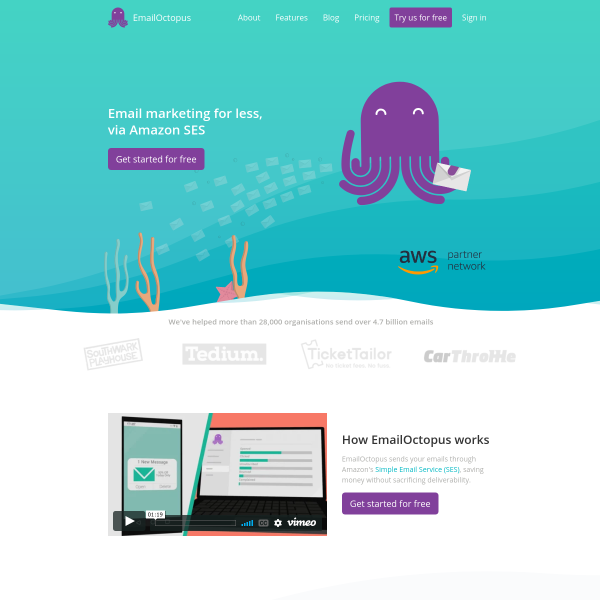
EmailOctopus is a well-known email marketing software platform with the goal of making email marketing easier, more intuitive, and more cost-effective than the competition. It has templates that you can change with a drag-and-drop editor, or you may start from scratch with your emails. The app also comes with a landing page builder that covers everything you’ll need to create leads and expand your email list. For agile brands, integrations are a selling point. Many of your existing technologies, such as Shopify, Gravity Forms, and WordPress, readily integrate with EmailOctopus, making it a compelling solution for brands with ambitious goals.
Omnisend

Omnisend is an all-in-one email marketing automation software for eCommerce businesses. With automated emails, segmentation, and the added possibilities of SMS, you can build on your newsletters and enhance sales. To help deliver efficient buyer engagements, it contains pre-built automations for cart abandonment, welcome series, and transactional emails.
ActiveCampaign
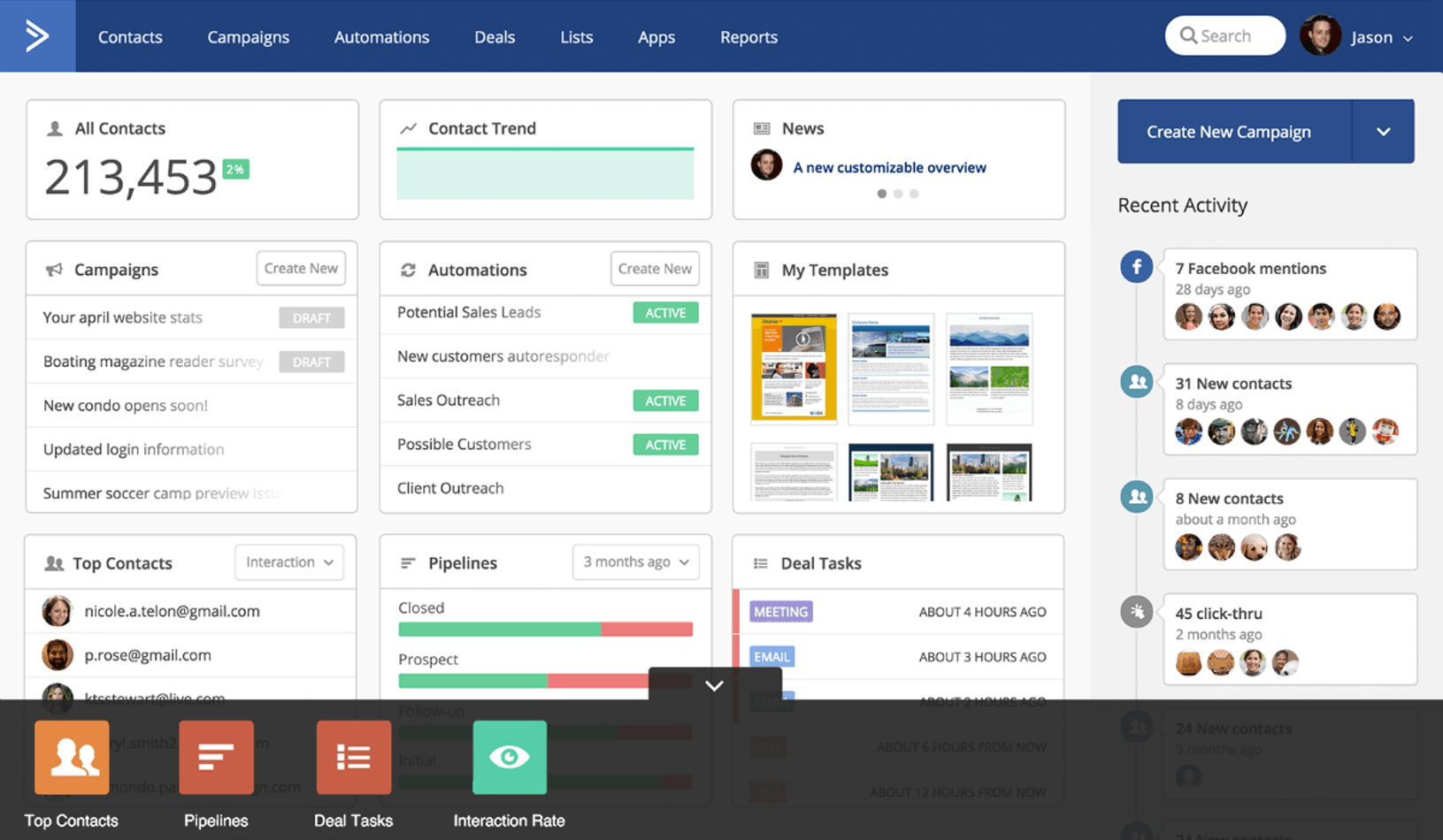
ActiveCampaign is a low-cost email marketing tool that’s ideal for small marketing teams and content creators. Automation, segmentation, triggered emails, email funnels, autoresponders, A/B testing, and scheduling are among the capabilities included. Conditional content, geotracking, managed deliverability, and multi-user editing are among the more complex features. You get geotracking, managed deliverability, and multi-user editing, as well as geotracking that show you where your subscribers are from (update multiple fields in an email with subscriber information).
Aweber

For teams, small enterprises, and entrepreneurs, AWeber is an excellent email marketing software. It comes with a drag-and-drop email editor, templates, automation and workflows, A/B testing, segmentation, autoresponders, and a slew of other features. AWeber, like the others on our list, has a landing page builder. It’s simple to use and drag-and-drop, making it ideal for anyone who needs to rapidly create and launch a landing page and an email campaign.
MailerLite

In the small-medium business category, MailerLite is a prominent contender. It contains the essentials for effective email marketing, such as surveys, automation, popups, and landing pages. MailerLite also works with a slew of eCommerce platforms and marketing tools that you’re presumably already familiar with.
It appears to be one of the most subdued platforms at first glance, thanks to its simple design. But that’s part of what makes it so effective. From eCommerce campaign functionality to automation, segmentation, promotional pop-ups, and the ability to design landing pages, everything about the platform is focused toward development.
Email marketing is needed, regardless of your business, it will assist you in getting your marketing message to the right people and allows you to stay in touch with your target audience after they’ve left your website.



